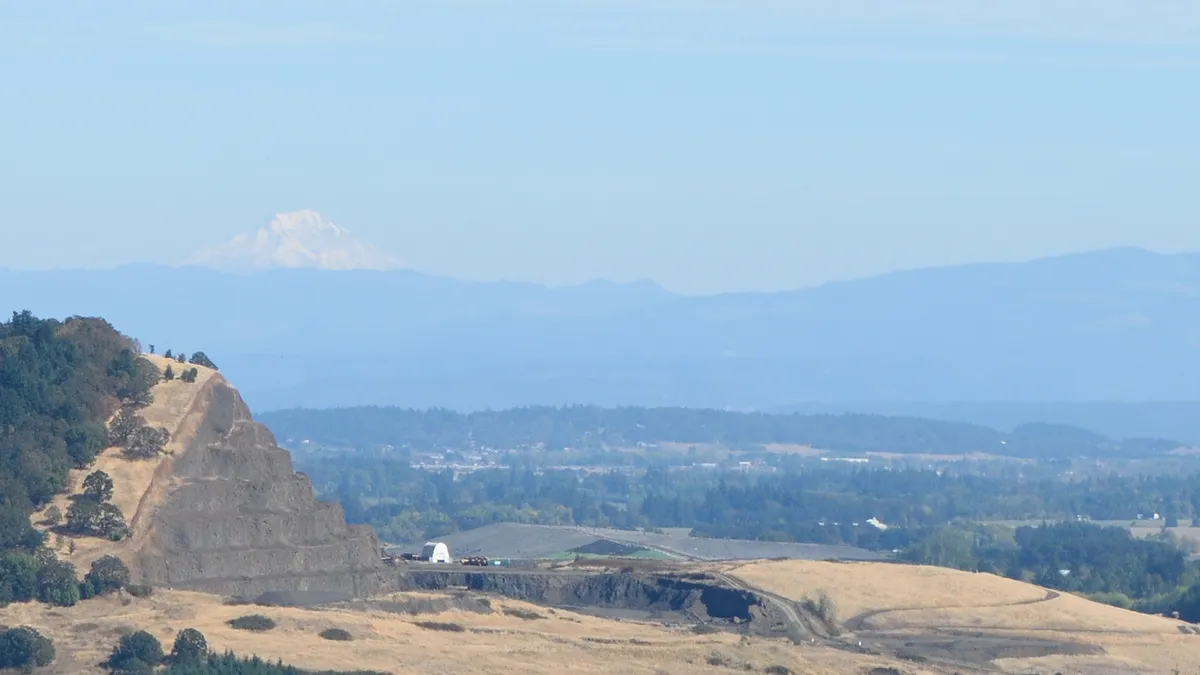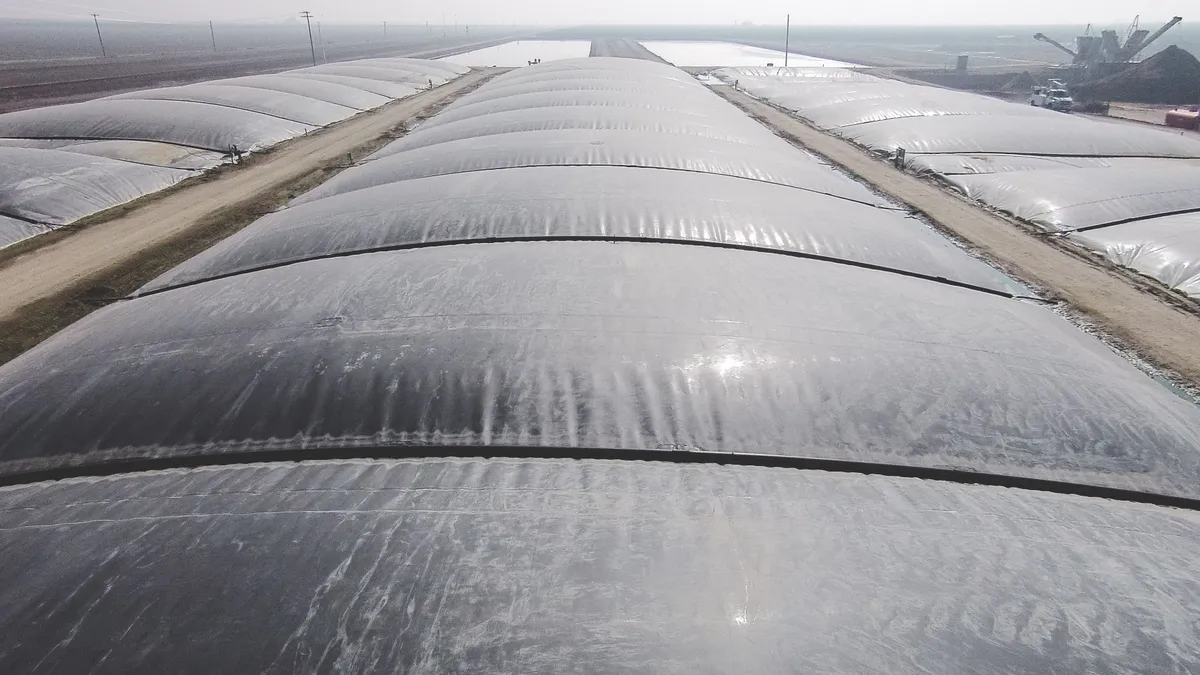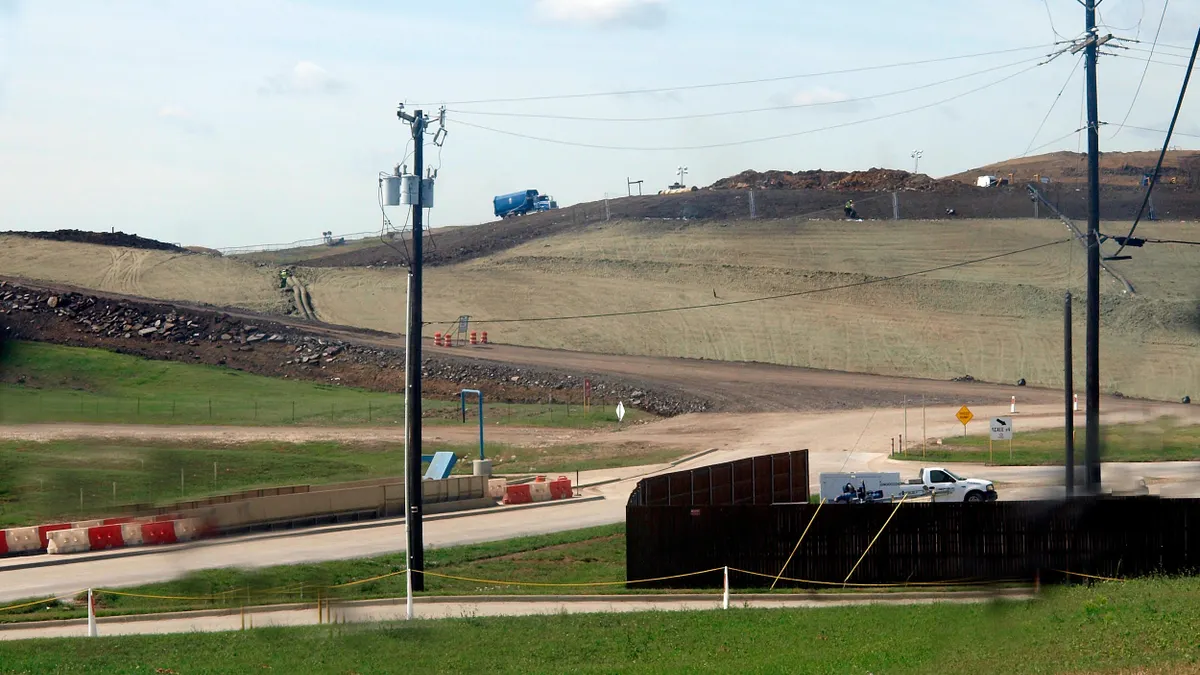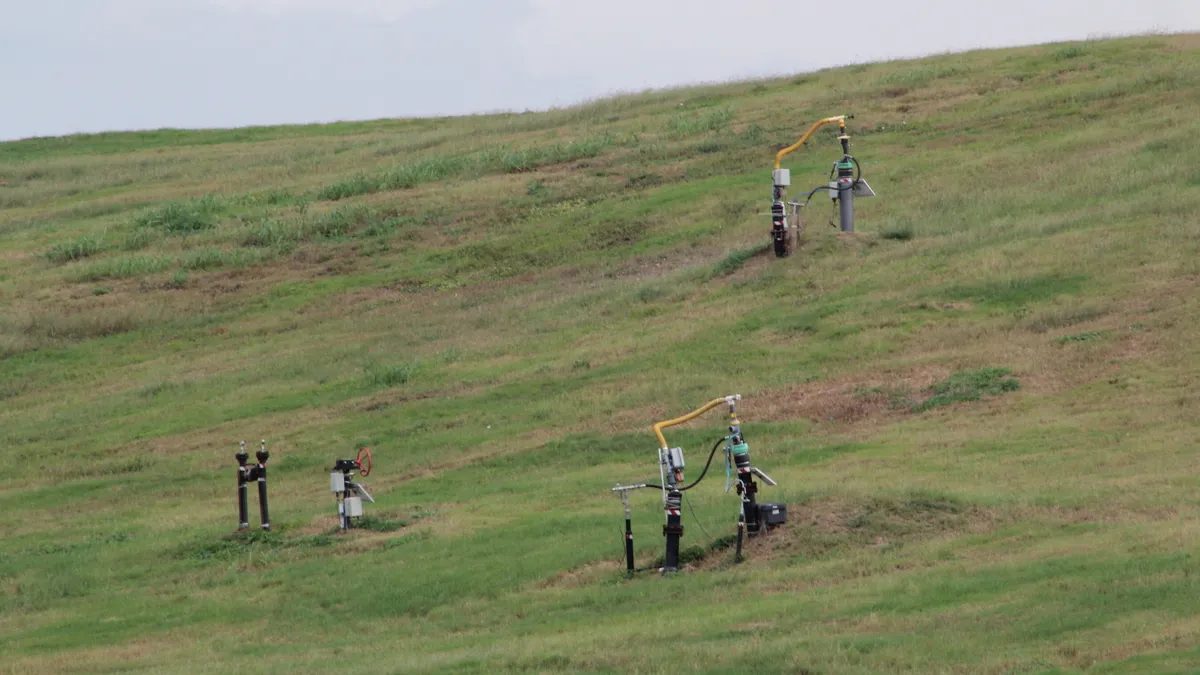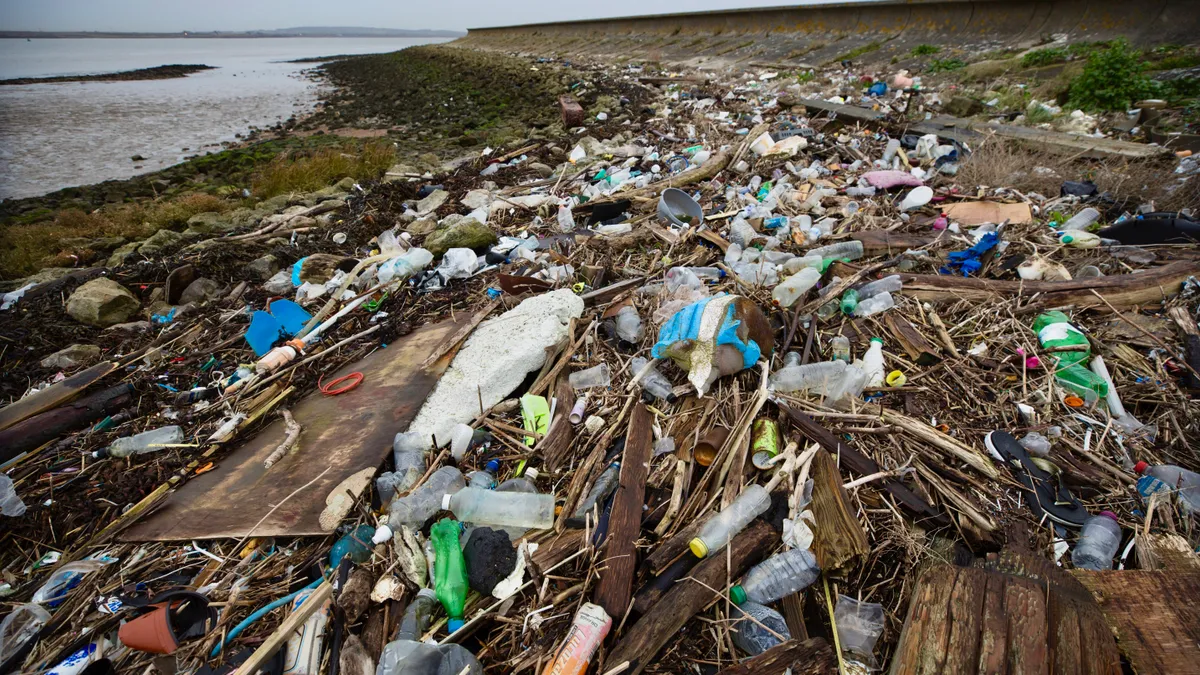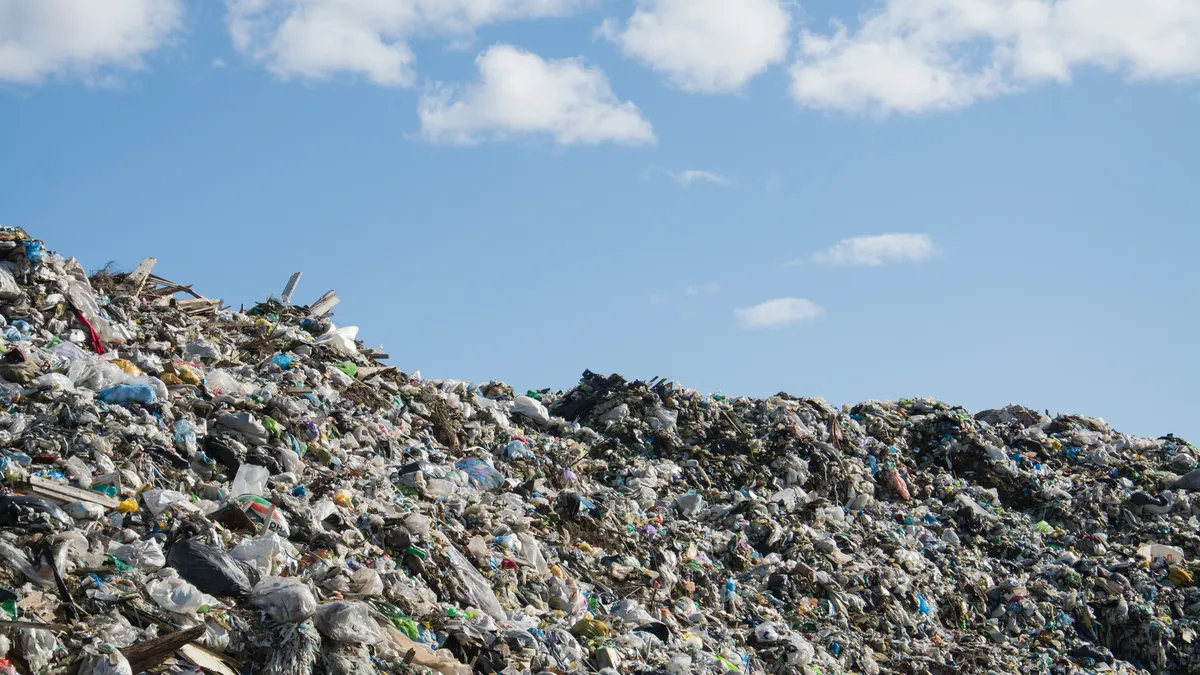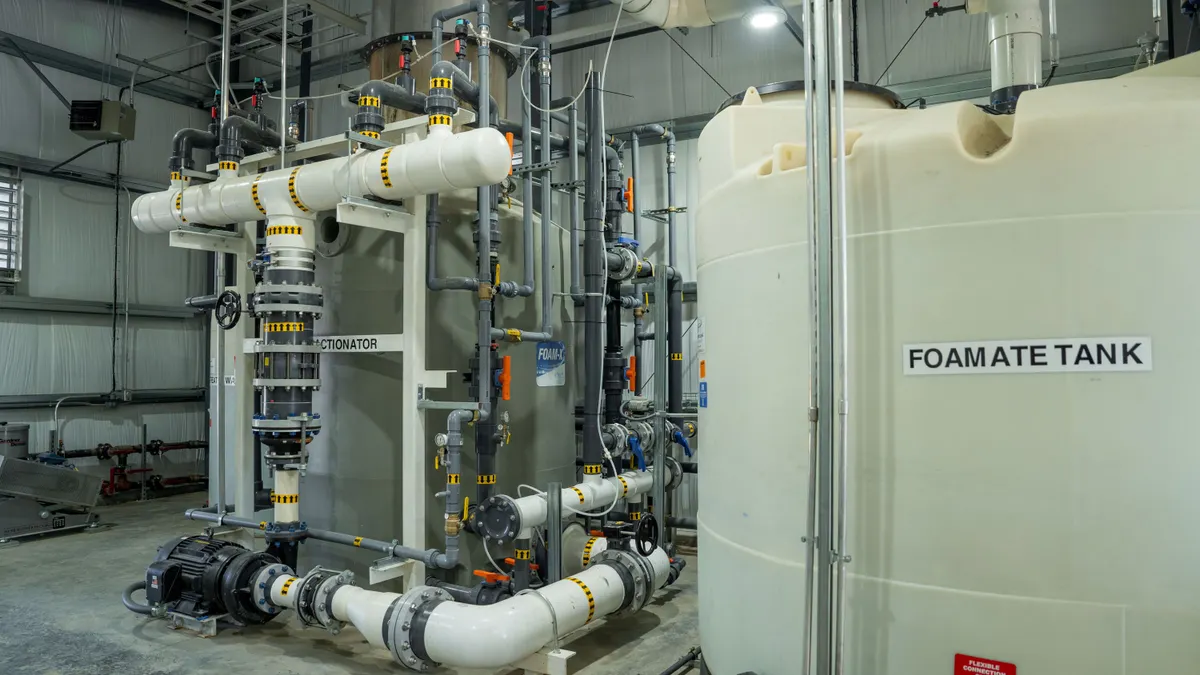Despite landfill development drawing continued scrutiny, some projects were able to move forward over the summer, including in Florida. But in Oregon, federal lawmakers have issued a statement of support for a U.S. EPA investigation into a major Republic Services landfill. Meanwhile, a New York appellate court dismissed claims related to a lawsuit over odor complaints at a WM landfill; and a new study from Florida researchers shows PFAS is entering the environment through landfill gas.
Below is a look at these notable recent developments from June and July.
New York appellate court dismisses Green Amendment claim related to WM’s High Acres landfill
A New York appellate has dismissed a claim from citizen’s group Fresh Air for the Eastside, which said odors and air emissions from WM’s High Acres Landfill in Fairport, New York, violate their environmental rights.
A July 26 decision from judges in the Fourth Judicial Department of the Appellate Division said the group doesn’t have the authority to obtain a court order that would force state regulators to mitigate odors at WM’s High Acres site. It overturns a previous court decision.
Fresh Air for the Eastside first sued WM, along with the state of New York, the city of New York and the state’s Department of Environmental Conservation, in 2022 under New York’s Environmental Rights Amendment. That amendment, also called the Green Amendment, gives New Yorkers a constitutional right to “clean air, clean water and a healthful environment.”
When that case was heard in Monroe County Supreme Court in December 2022, a judge dismissed claims against WM, arguing that the Green Amendment is only binding against the government and cannot be used to sue a “private party.” It also dismissed claims against New York City, saying the city is “merely a customer” of WM and otherwise not related to the lawsuit. However, the judge denied a motion to dismiss claims against the state or DEC.
The July 26 appellate court decision said that the state of New York and DEC are not liable under the Green Amendment for failing to intervene on potentially harmful pollution.
The case could serve as an “important tool” for limiting other Green Amendment claims in the future, according to an assessment from law firm Beveridge & Diamond. Another legal case where the Green Amendment plays a role is a lawsuit by Seneca Lake Guardian, which aims to block an expansion permit for Waste Connections’ Seneca Meadows Landfill, among the largest in the state.
WM has faced numerous lawsuits over the High Acres Landfill in the past, including a separate Fresh Air for the Eastside case in 2018 and another lawsuit settled in 2020. Residents involved in the cases have repeatedly complained about odor and noise problems they say impact their quality of life. WM has maintained that it operates in accordance with its permits and works regularly with residents to address odor complaints.
Florida county approves new landfill
Volusia County, Florida, is contracting with SCS Engineers to develop a new 271-acre landfill. The contract is part of a plan to expand the county's disposal options to ensure capacity needs are met for "over a century," according to a release from SCS. The contract was approved unanimously by the county council at its July 16 meeting.
Via the terms of the contract, SCS will design a landfill gas collection and capture system, leachate collection system and other supporting infrastructure and geotechnical needs. SCS will assist with selecting a contractor to build the first cell, which is expected to be 20 acres.
The county is planning to upgrade its stormwater management system at the existing Tomoka Landfill first. Volusia County Public Works Director Benjamin Bartlett predicted the county would spend the next 18 months completing that upgrade while SCS conducted its design work. After that period, construction of the new landfill could begin.
Florida has been a hotbed of activity for disposal capacity discussions as the state continues to attract new residents, but that hasn’t come without challenges. A state regulator recently signaled it would deny Coastal Landfill Disposal a permit to expand a different landfill in Pasco County.
Lawmakers call for EPA intervention at Republic’s Coffin Butte Landfill
Three federal lawmakers from Oregon sent a letter this week to EPA Administrator Michael Regan urging the agency's "thorough and expeditious completion" of an enforcement investigation into Republic Services' Coffin Butte site. The landfill, which is located in Benton County, Oregon, has drawn the ire of neighbors who oppose its growth, odor issues and Republic's multiple expansion attempts.
“We appreciate EPA Region 10’s reinspection in June 2024 and its continued attention to concerns raised by our constituents,” Senators Ron Wyden and Jeff Merkley wrote, along with Rep. Val Hoyle. “As Republic Services and Benton County consider the potential for expansion of the landfill, it is more important than ever to have all the facts.”
The company first bought the Coffin Butte Landfill in 2008. Since then, the rate at which it has accepted trash has expanded, taking waste from more than half of Oregon's counties and sometimes Washington state, according to Canary Media.
In 2022, an EPA inspection uncovered dozens of methane gas exceedances at the landfill, so many that at one point inspector Daniel Heins ran out of flags to mark areas of concern, according to the agency's final report. That compared to Republic reporting "no more than 6 exceedances" in previous monitoring reports, which it was required to submit quarterly.
The EPA subsequently worked with Republic to get the landfill in compliance. Meanwhile, Republic applied for an expansion of the landfill in 2021, citing rapidly declining capacity. The company revived that process this year after local leaders rejected Republic's initial permit application. Republic has previously told Grist that it disagrees with the EPA’s testing protocols but had addressed the agency’s 2022 observations. It recently told Oregon Public Broadcasting that it’s working to comply with applicable environmental standards.
Landfill gas is transmitting PFAS into the environment, prompting calls for more research
Landfill gas is a “major pathway” for PFAS to enter the environment, and more research is needed to determine how to curtail those exposures, according to a recent study from researchers in Environmental Science & Technology Letters.
Researchers Timothy Townsend, Ashley Lin and other researchers at the University of Florida in Gainesville studied three MSW landfills in Florida, where they sampled landfill gas directly from well heads and compared the “relative mobility” of the PFAS collected from the gas with PFAS collected from landfill leachate.
They found “unexpectedly” high levels of airborne per- and polyfluoroalkyl substances at those landfills, which could mean vented gasses are transporting the same or higher levels of PFAS compared with leachate, according to the study.
Though landfill leachate is collected and treated before it reaches the environment, landfill gas is sometimes released without treating for PFAS, researchers said.
“Unlike landfill leachate, LFG collection systems (when in place) are not fully efficient” and collect an estimated 50−70% of the gas generated, the study said. Though researchers point out that level represents “considerable collection efficiency,” overall capture and management of landfill gas “varies globally, from no treatment to degrees of carbon filtration and thermal treatment” such as flaring and RNG technologies.
The prevalence of PFAS in landfill gas hasn’t been as widely studied, so more research is needed to learn more about PFAS pathways to help determine the best mitigation strategies, researchers said.
Meanwhile, available thermal treatments for PFAS destruction are also in early stages. The researchers also called for more research to determine the efficiency and feasibility of these technologies.
Other areas where the team recommended future research was to further analyze how PFAS migrates through waste, as well as how a landfill’s type, age and temperature affect PFAS movement.




